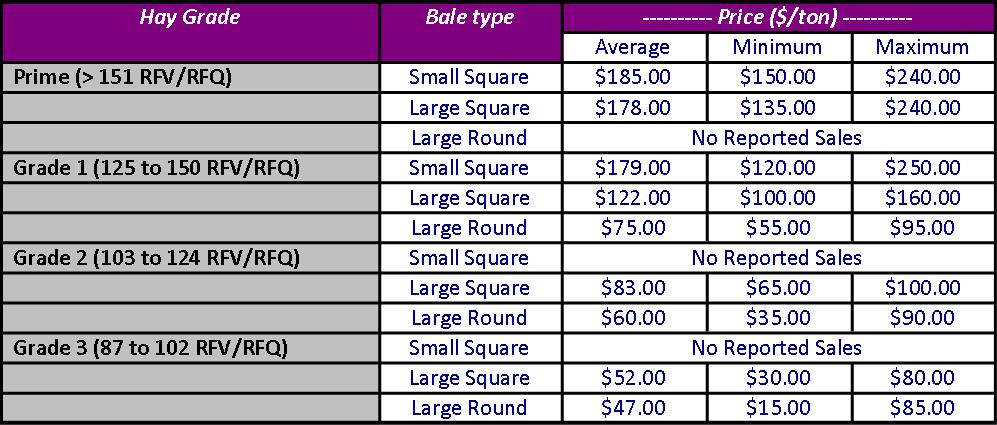Stockpiling Pastures
Stockpiling Pastures by Laura Paine1 and Ken Barnett2 Introduction The concept of stockpiling is simple. Rather than cutting, drying, and storing hay to feed in winter, you grow pasture forage until frost and let the animals harvest their own feed as late into winter as weather conditions allow. Most classes of livestock can graze through up to 8 […]
Read More...




